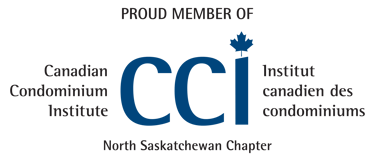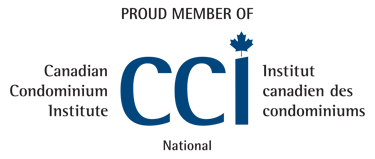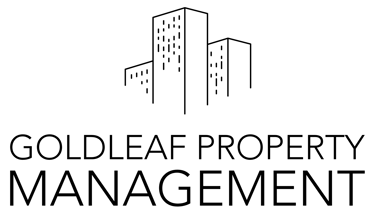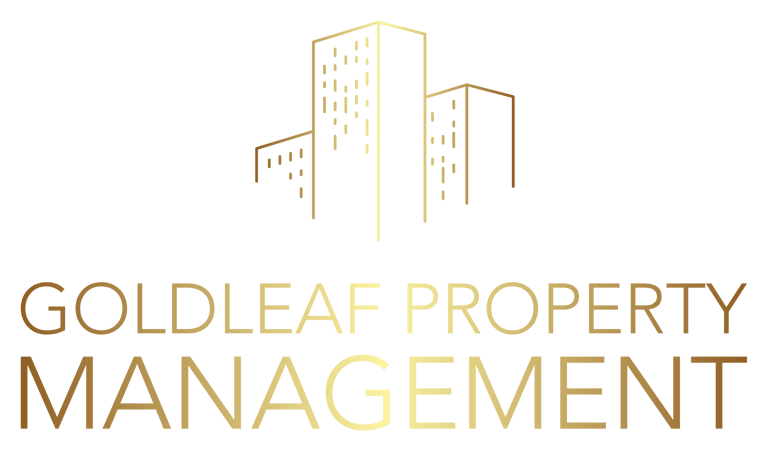Condominium Board Best Practices
Explore best practices for operating an efficient condominium board. This article offers insights on enhancing communication, establishing clear decision-making processes, and effective meeting management. Learn how to foster community engagement and transparency, ensuring a well-functioning board that meets the needs of all residents.
9/30/20242 min read


Condominium Board Best Practices: Enhancing Efficiency and Communication
Operating an efficient condominium board is essential for the smooth management of any condominium community. A well-functioning board not only ensures that the property is maintained and that residents are satisfied but also fosters a sense of community among owners. In this blog post, we’ll explore best practices for condominium boards, focusing on communication, decision-making processes, and meeting management.
1. Effective Communication
Open Lines of Communication
Establishing open lines of communication between the board and residents is vital. Use multiple platforms to share information, such as newsletters, email updates, and community boards. Regular communication helps keep residents informed about important issues, upcoming meetings, and decisions being made.
Encourage Feedback
Create avenues for residents to provide feedback or voice concerns. Implementing suggestion boxes, online surveys, or designated time during meetings for resident input can help ensure that everyone feels heard and valued. This practice also fosters transparency and builds trust between the board and the community.
Use Technology Wisely
Utilize technology to streamline communication. Consider adopting a community management app that allows for efficient sharing of documents, notifications, and updates. This can help residents stay engaged and informed, making it easier for the board to disseminate important information quickly.
2. Decision-Making Processes
Establish Clear Guidelines
Develop clear guidelines for decision-making processes. Ensure that everyone on the board understands how decisions will be made, whether through majority voting, consensus, or consultation with experts. Transparency in this process builds trust among board members and residents alike.
Prioritize Meetings and Discussions
Before making key decisions, prioritize discussing major issues in board meetings. This allows for thorough consideration of all viewpoints and encourages board members to actively participate in the process. Ensure that all discussions are documented for accountability.
Involve Stakeholders
Whenever possible, involve residents in the decision-making process for significant projects or changes. Organizing community forums or focus groups can provide valuable insights and foster a sense of ownership among residents regarding their community’s future.
3. Meeting Management
Set an Agenda
Each board meeting should begin with a clear agenda distributed in advance to all members. An agenda helps keep meetings focused and ensures that all necessary topics are covered. It’s also helpful to prioritize items based on importance or time sensitivity.
Time Management
Respect everyone’s time by keeping meetings organized and time-efficient. Assign a time limit for each agenda item and stick to it. This practice helps prevent meetings from dragging on and maintains the attention of board members and residents attending.
Document Meetings
Ensure that minutes are taken during meetings to capture key decisions, discussions, and action items. Distributing these minutes promptly after meetings can help keep everyone informed and accountable. It also serves as a historical record for future reference.
Conclusion
By implementing these best practices, condominium boards can enhance their efficiency, improve communication, and foster a strong sense of community among residents. Clear communication, transparent decision-making processes, and organized meeting management are essential components for a successful board.
For more information and resources, board members can refer to materials from organizations such as the CCI South Saskatchewan and CCI North Saskatchewan, which provide valuable insights and guidelines for effective condominium management.
Remember, the strength of a condominium community lies in its board's ability to engage with residents and make thoughtful, informed decisions that benefit everyone. By prioritizing these best practices, you can contribute to a harmonious and well-managed condominium environment.






